Scientist from Kazakhstan Boris Smerdov is 77 years old. Half a lifetime he has spent “deeply worried about” the Aral Sea. On retirement, the scientist has been descrambling the secret signs he discovered at the bottom of the Aral Sea.
The border between Kazakhstan and Uzbekistan runs along the Aral Sea. The Aral Sea was one of the largest lakes on the planet, but in 1961 the water level in the Aral Sea began irresistibly falling, catastrophically fast. In the Uzbek port of Muynak, for one of the nights of shallowing, the water level lowered by two hundred meters. In the morning the people ran after the sea and cried. A fishing boat, which had landed on the beach for the night, was not able to set sailing in the morning. Today the seabed has turned into a desert. On its bare bottom Boris Smerdov discovered mysterious signs. The scientist is sure – this is the message of extraterrestrial civilization to the inhabitants of the Earth.
– I’ve been studying the secret symbols of the Aral Sea for a quarter of a century. My feeling of admiration is not passing off. For me, the Aral signs do not lose their attractiveness, beauty, complexity and mystery. Strange as it may sound, but I hold a cordial affection for them as for the creatures, very close and rich in their essence.
The cupboards, beneath the bed, the balcony of the one-room apartment of the scientist are full of hundreds of folders, drawings, letters, diagrams, photographs, and pictures. In the refrigerator, under carrots and potatoes there are samples of soils from the mysterious furrows of the Aral Sea. Boris Smerdov is sure that these furrows are of nonearthy origin. “What an amazing fact! My wealth! I have been sitting with this wealth for more than 25 years, not knowing what to do with it. Making analysis of the samples is too expensive for me”.
In 1987, the Aral Sea was divided into the Great and Small Seas – the Southern and Northern Aral, forming a narrow channel between them.In an effort to save the water, at least in the Small Sea, in 1992, on the isthmus between the North and South Aral, a dam was built. It was built by local forces and at their own cost and expense from reels of cane, stones, sand and clay using technologies of the Stone Age. The sand dam was washed away. Three times a dam between the Small and Great Seas was erected by “rule of thumb”, and three times was washed away.In 1999 a mighty stream washed the dam between the Great and Small Seas away ones again. Water washed away not only the dam but also the lower part of the Aral signs. During the Kokaral dam construction in the Small Sea heavy trucks erased the remaining part of the signs. The secret signs have gone before they had a chance of being widely interested in and studied. Information about the Aral signs is recorded on the aerial photos which Boris Smerdov stores carefully.
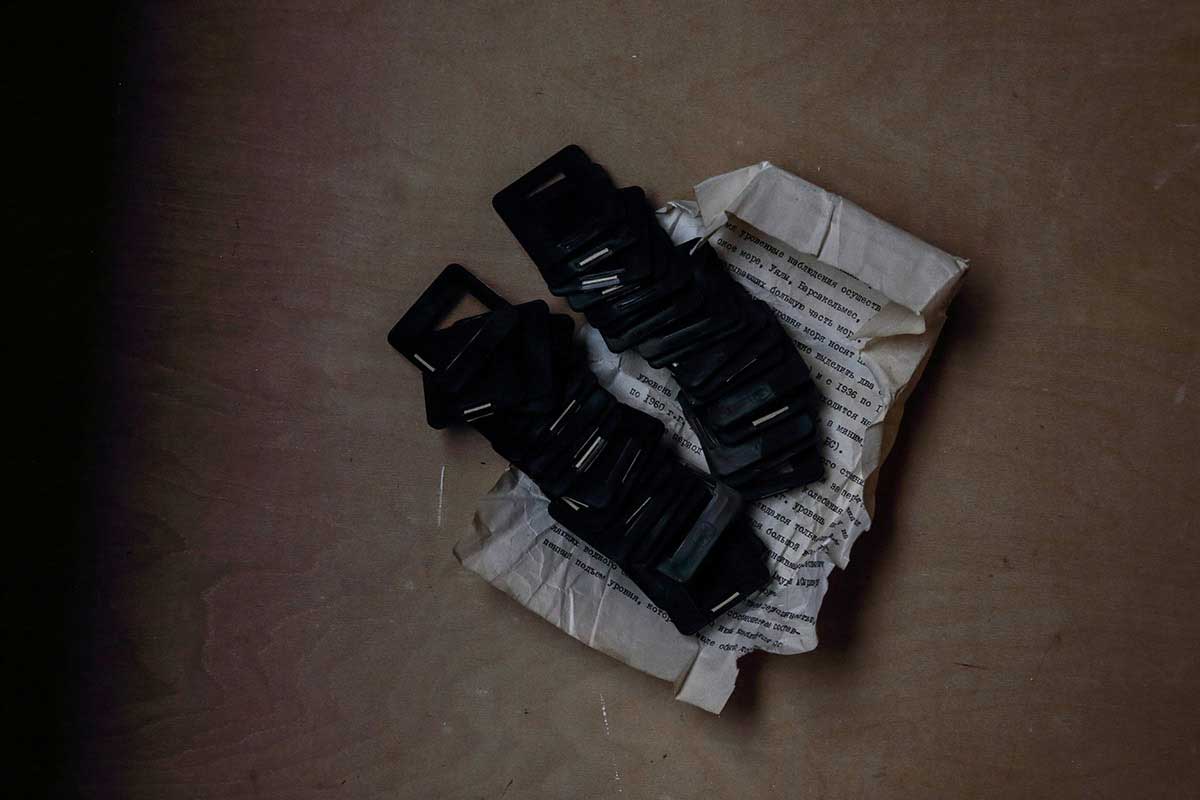
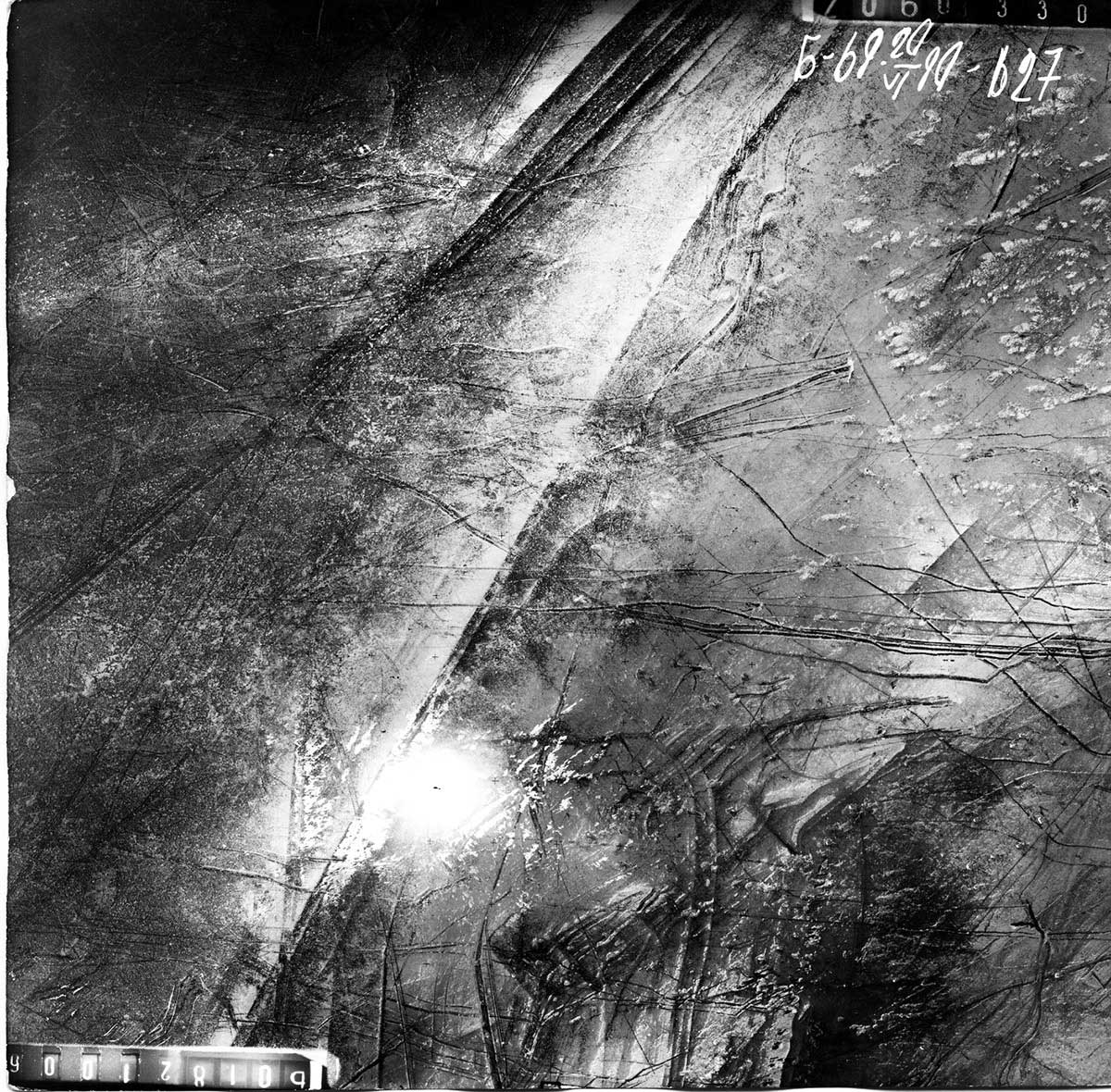
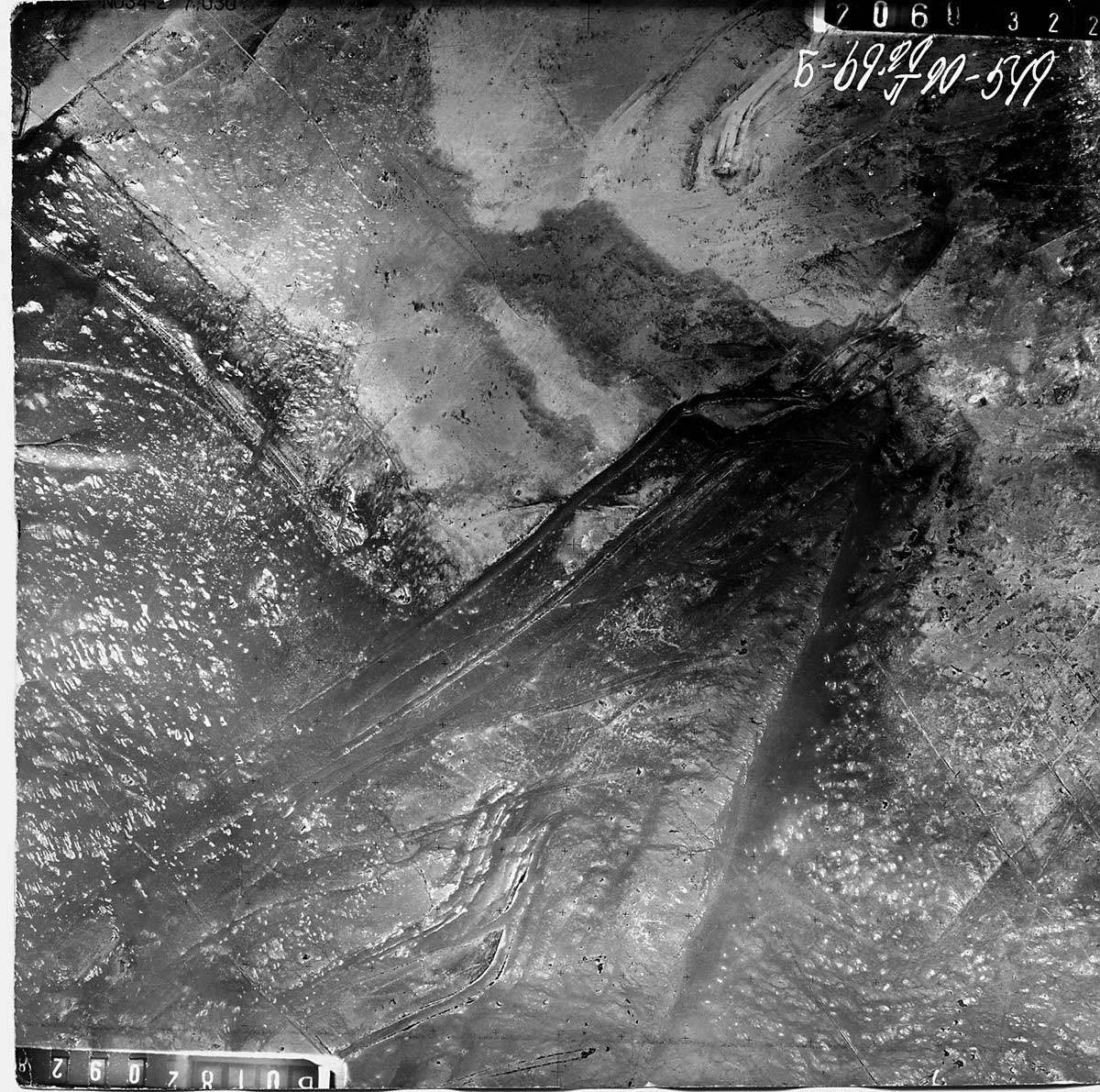
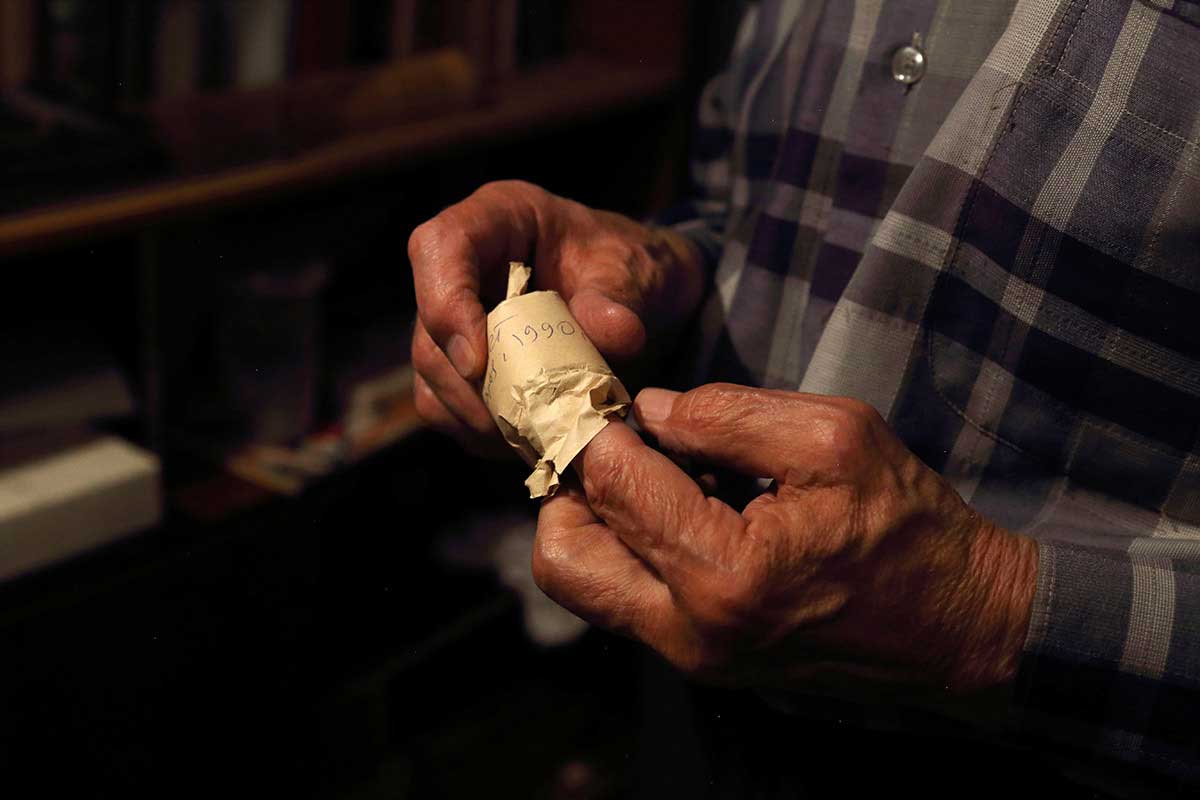
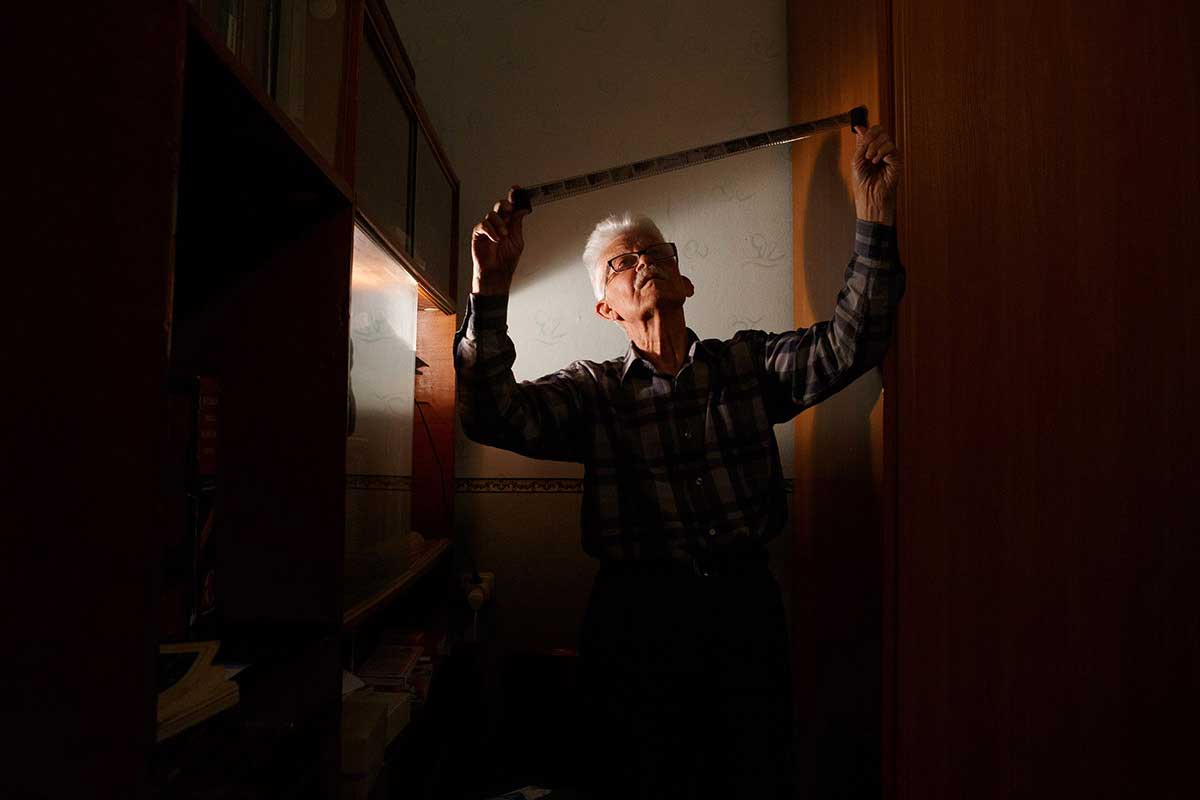
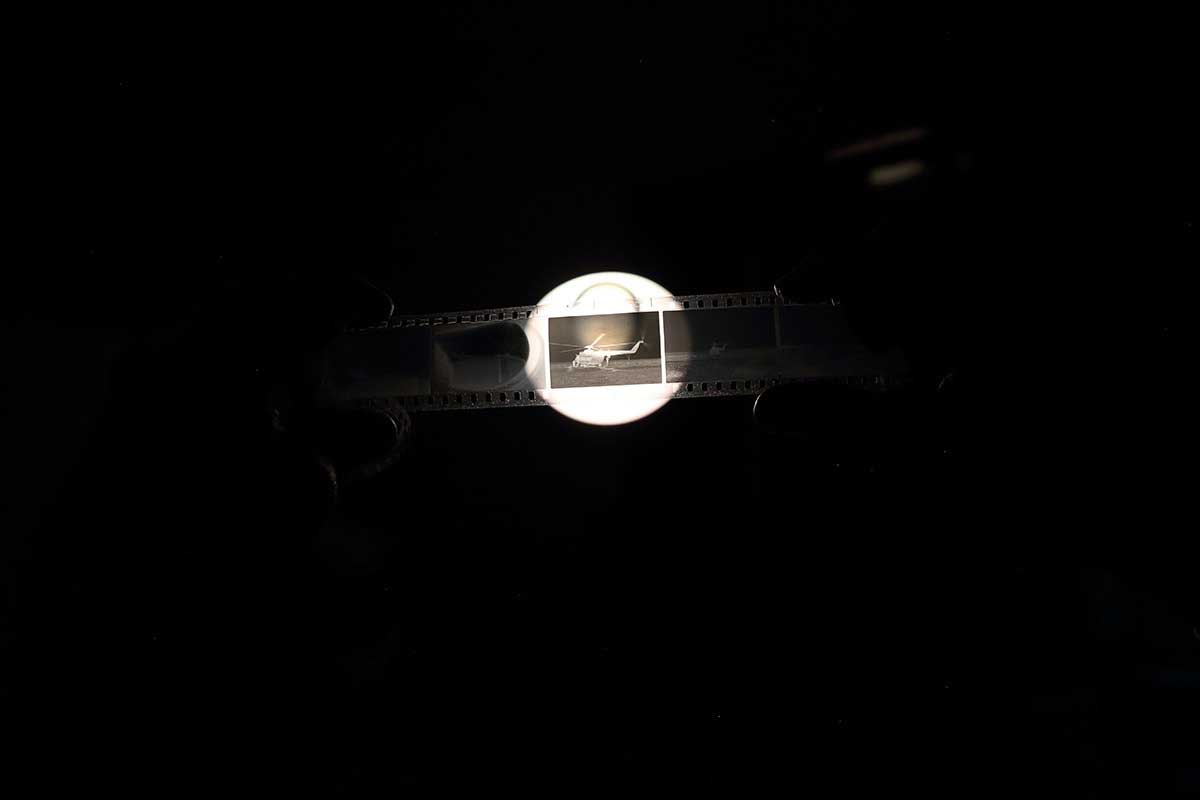
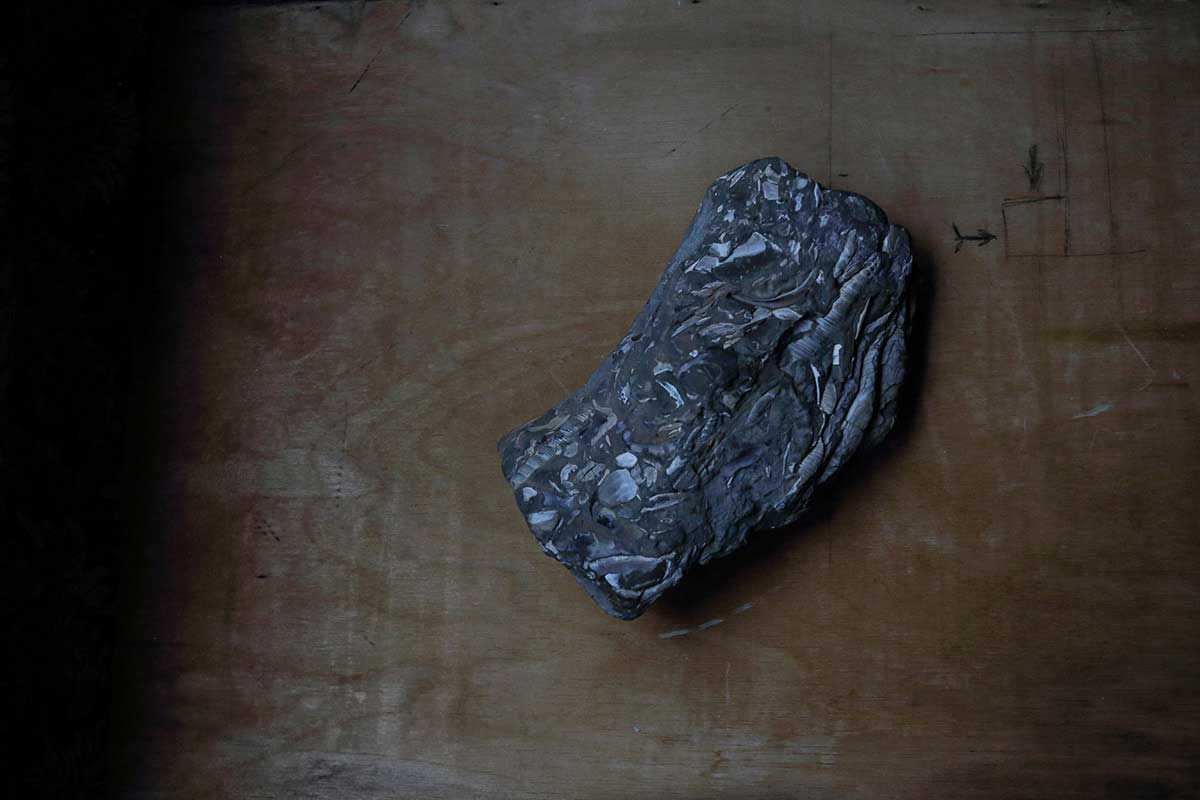
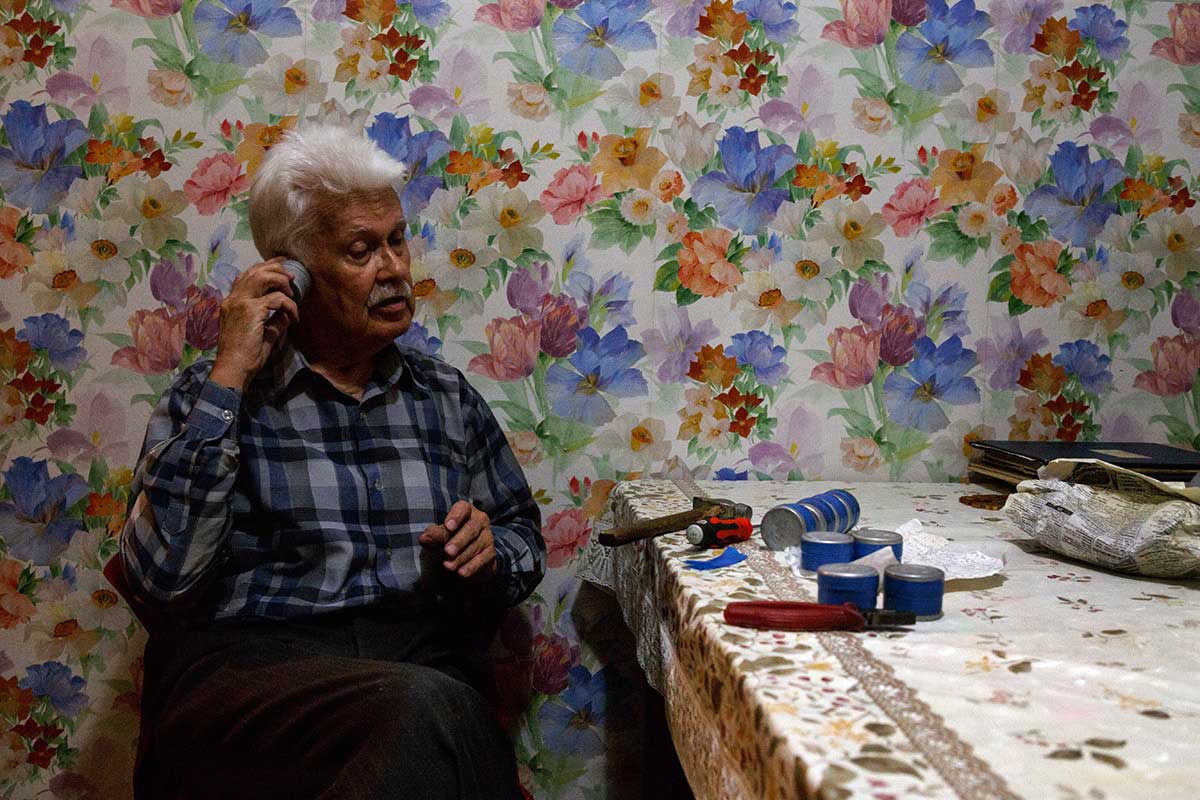
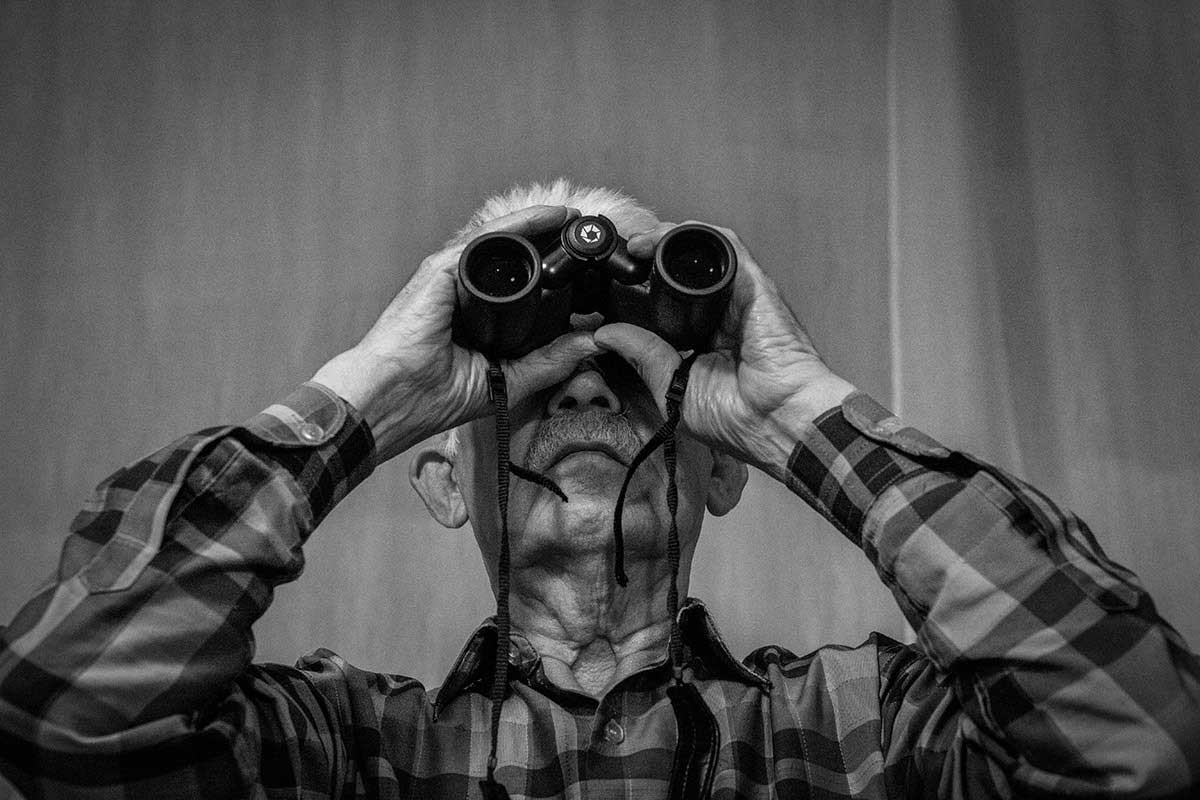
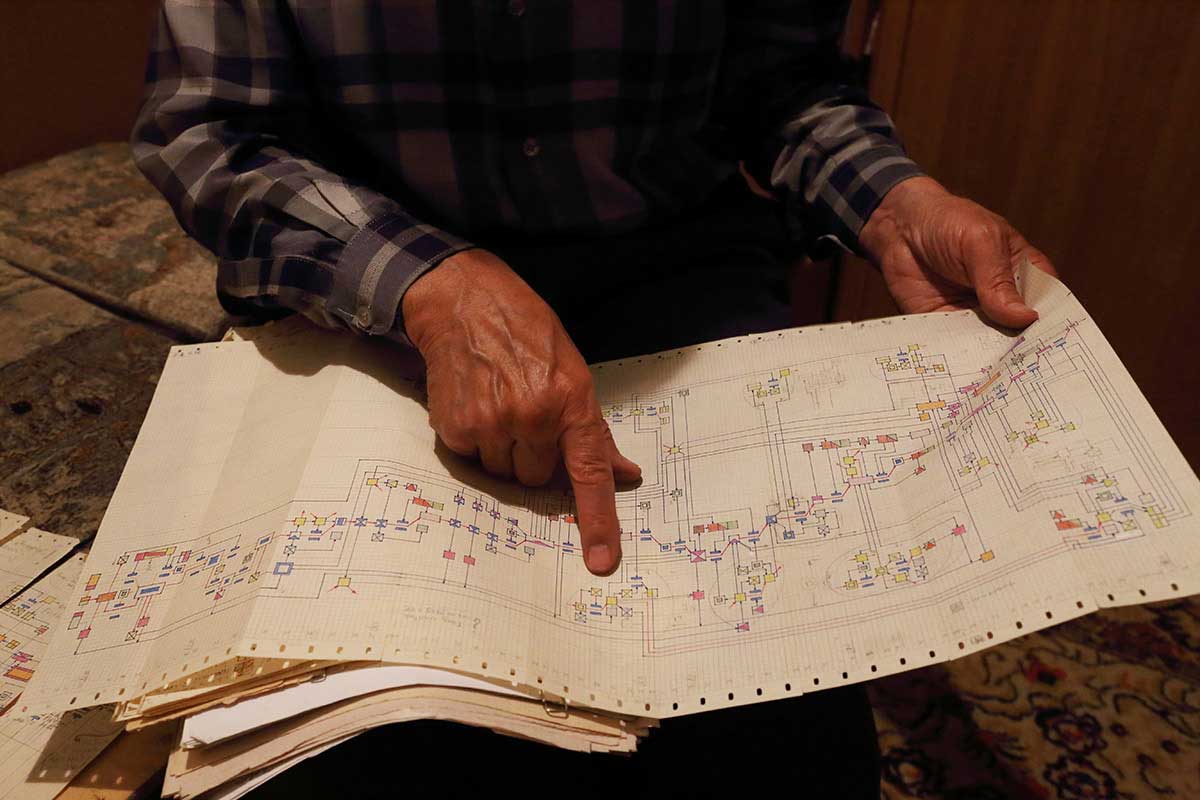
– “Before meeting the Aral signs, I was an atheist, and when I was looking into the secret of the Aral Sea, I became a fatalist”, the scientist admits. “I’m sure everything in life is not incidental”. Only by a lucky chance the Aral signs were covered by aerial survey. By chance, when choosing a profession, I entered hydrology faculty, although all my life I am in awe of radio engineering and optics. All events in life are naturally determined. To make sure of this, I made a scheme of my life. Using different colors and forms I marked transitional moments, studies, research work, intentions, deadly dangerous moments … This is the moment when my father took away my grenade; that, when the lightning struck me; and these are Krasnoyarsk poles where I was about to fall … I drew more than 30 variants of my life schemes, every time remembering and adding new events. I included less than 100 elements in the first scheme, in the last one, more than 400. The scheme of my life is similar to the scheme of a complex electronic device with several functional blocks. And at its output there are events related to the discovery and decoding of the Aral signs.






